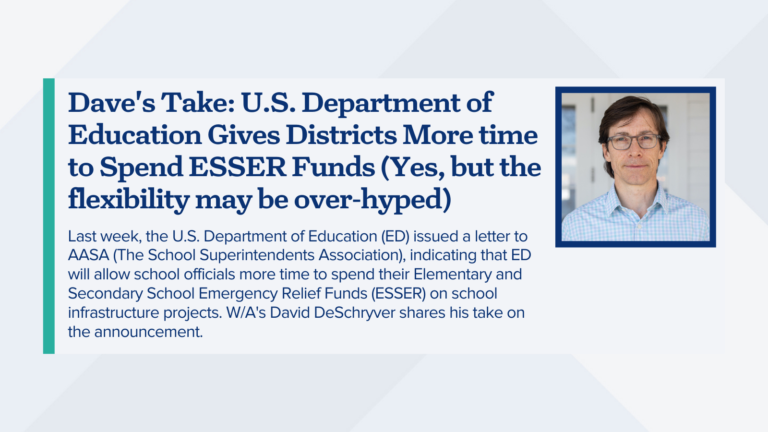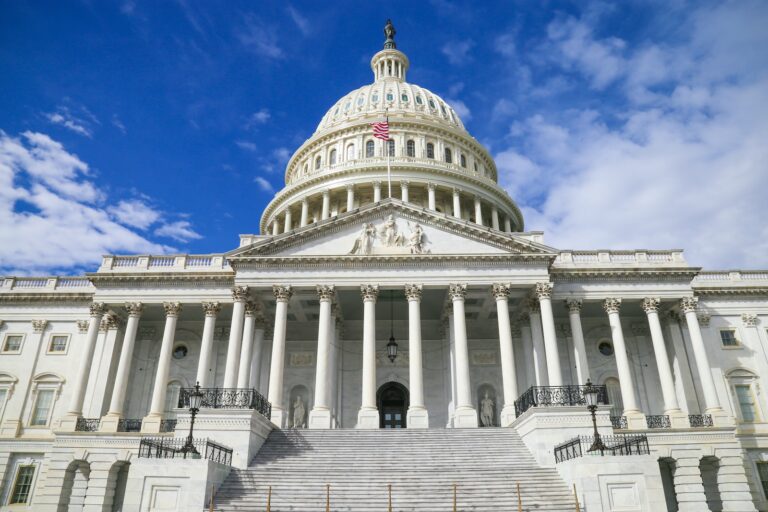Last week, the U.S. Department of Education (ED) sent a letter to AASA (the superintendent’s association) indicating that ED will allow school officials more time to spend Elementary and Secondary School Emergency Relief Funds (ESSER) on school infrastructure projects, such as updating HVAC systems and environmental upgrades related to the pandemic. That’s good news — but school officials didn’t have much choice on this one. Unfortunately, the labor shortages and supply-chain issues almost guarantee that infrastructure projects will take longer than usual.
To accommodate reality, ED will consider extending the “liquidation” period from 120 days (or four months) after the final obligation date to 18 months. “Liquidation” means that the agency pays the contractor and receives reimbursement from the state. “Late liquidation,” which is the title of ED’s letter, extends the deadline.
Does the letter signal more spending flexibility ahead? “Yes, but…”
- “Yes,” because the rules about liquidation aren’t only for construction and there is no meaningful distinction between a tutoring contract and an HVAC contract when it comes to liquidation. If an agency argues that the best interest of the student is at stake, then ED is likely to accommodate. (In fact, at the time of writing, ED signaled that they are likely to apply the late liquidation allowance to other service contracts, details to come).
- “But,” because there is no wiggle room for the “obligation” dates because those dates are in statute. This is not changing. Grantees must “obligate” ESSER I by September 30, 2022, ESSER II by September 30, 2023, and ESSER III (ARP ESSER) by September 30, 2024. (But you knew that, right?!) “Obligation” means the date when the funds are committed via a contract with a vendor or services rendered for school staff. What’s more, many states and districts have been clear that everything needs to be completed by the obligation date. Count on many agencies to stick with their current interpretation.
- There is also a political incentive to complete all work by 2024. Remember what happens in November 2024—another presidential election. ED surely wants to have success stories ready to roll by then, so the work should be done as soon as possible. In fact, the letter “urges states and districts to act with […] urgency in continuing to put ARP ESSER dollars to use in schools and classrooms—to meet the immediate needs of students and to address the long-term impact of the pandemic on academic growth and student mental health.” ED is not interested in letting too much slide into 2025 and beyond unnecessarily.
In short: Yes, there will be liquidation extensions but they may not be as flexible as many would like.




